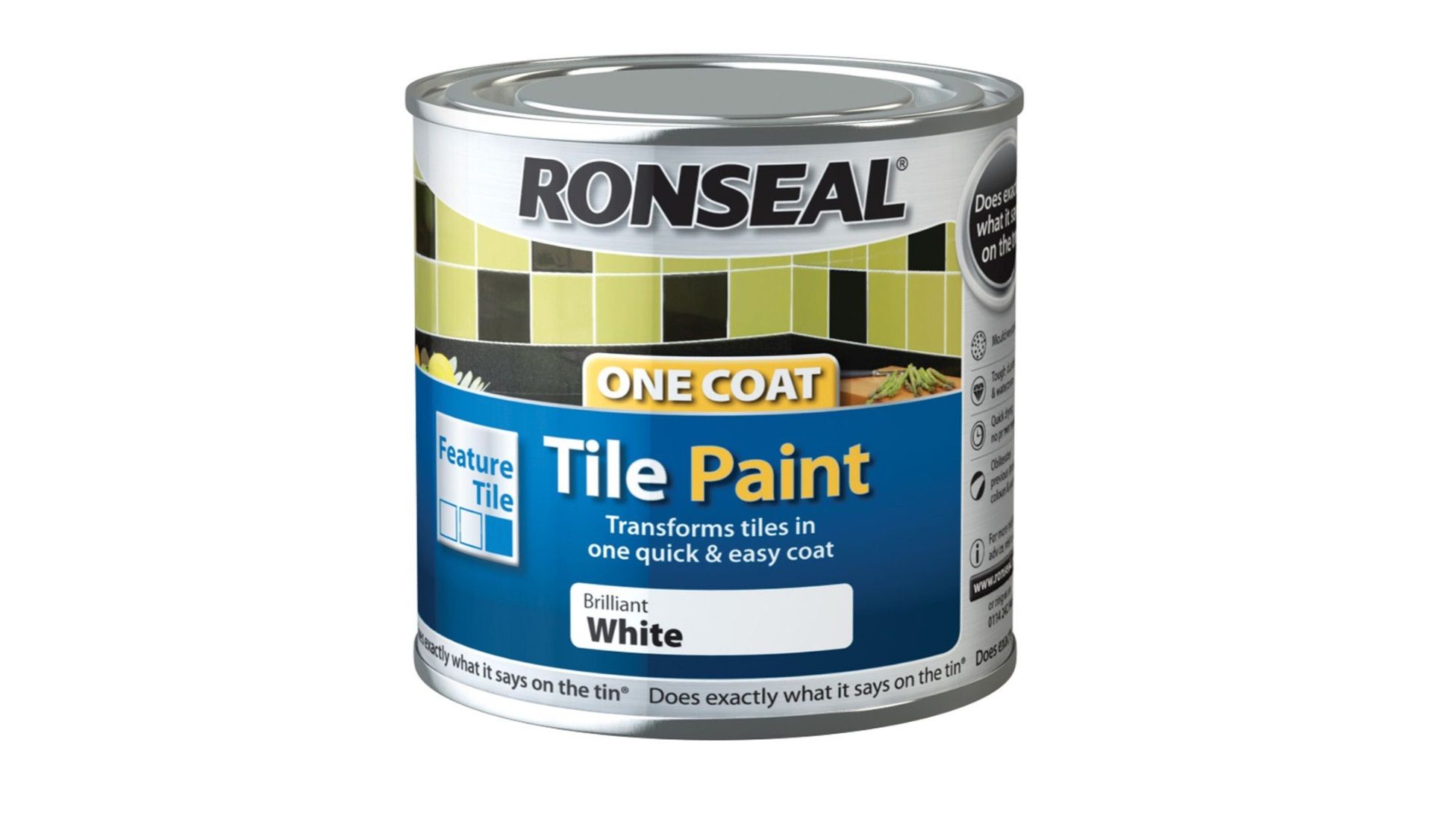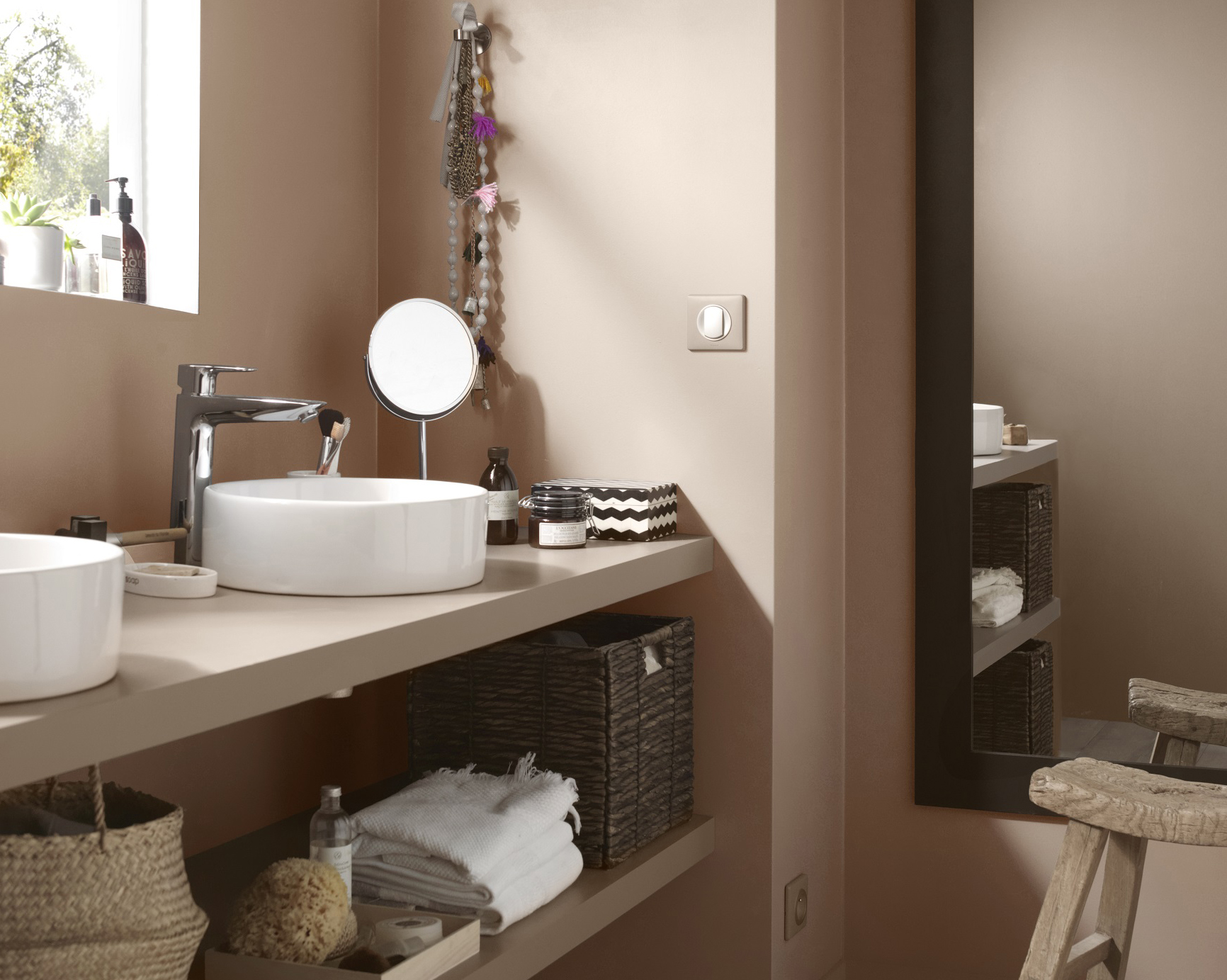Understanding Mold Growth in Bathrooms

Bathrooms are often considered breeding grounds for mold due to their inherent moisture-rich environment. Mold thrives in damp, dark, and poorly ventilated spaces, and bathrooms typically possess all these characteristics. Understanding the factors that contribute to mold growth is crucial for effective prevention and remediation.
Conditions that Promote Mold Growth in Bathrooms
The presence of moisture, lack of ventilation, and water leaks are the primary contributors to mold growth in bathrooms.
- Humidity: Bathrooms are inherently humid environments due to the presence of showers, bathtubs, and sinks. Water vapor released during showering or bathing creates a moist atmosphere that encourages mold growth.
- Lack of Ventilation: Proper ventilation is essential for removing excess moisture from the air. Without adequate ventilation, the humidity levels in a bathroom can rise significantly, creating ideal conditions for mold spores to flourish.
- Water Leaks: Water leaks, whether from pipes, faucets, or showers, can create persistent dampness that provides a constant source of moisture for mold growth.
Health Risks Associated with Mold Exposure
Exposure to mold can pose significant health risks, particularly for individuals with respiratory problems, allergies, or compromised immune systems. Mold can trigger allergic reactions, asthma attacks, and other respiratory issues. In some cases, prolonged exposure to mold can lead to more serious health problems.
- Allergic Reactions: Mold spores can trigger allergic reactions, leading to symptoms such as sneezing, coughing, runny nose, and itchy eyes.
- Asthma: Exposure to mold can exacerbate asthma symptoms, causing wheezing, shortness of breath, and chest tightness.
- Other Respiratory Problems: Mold can also cause other respiratory problems, such as sinusitis, bronchitis, and pneumonia, particularly in individuals with weakened immune systems.
Identifying and Assessing Mold Growth in a Bathroom
Identifying and assessing mold growth in a bathroom is crucial for effective remediation. Early detection and prompt action can prevent mold from spreading and minimize the associated health risks.
- Visual Inspection: Look for visible signs of mold growth, such as black, green, or white patches on walls, ceilings, grout, or other surfaces.
- Smell: Mold often has a musty or earthy odor. If you detect a foul smell, it could indicate the presence of mold.
- Moisture: Check for areas of persistent dampness, such as around showers, tubs, or sinks. These areas are prone to mold growth.
Choosing the Right Anti-Mold Paint: Best Anti Mould Bathroom Paint
The bathroom is a haven for mold growth, and selecting the right anti-mold paint is crucial for preventing and controlling this issue. You’ll need to consider the specific needs of your bathroom and the various types of anti-mold paints available to choose the best option for your situation.
Types of Anti-Mold Paint
Understanding the different types of anti-mold paint will help you make an informed decision. Let’s explore the most common types:
- Acrylic Paints: Acrylic paints are a popular choice for bathrooms due to their durability, ease of application, and water resistance. Many acrylic paints contain mildewcide additives that inhibit mold growth. These paints are often used on walls and ceilings, offering a good balance of performance and affordability.
- Epoxy Paints: Epoxy paints are known for their exceptional durability and resistance to moisture, making them suitable for high-traffic areas like showers and tubs. These paints form a hard, non-porous surface that prevents mold from taking hold. While epoxy paints offer excellent protection, they can be more expensive and require proper preparation before application.
- Mildewcide-Based Paints: These paints contain high concentrations of mildewcide, specifically designed to kill and prevent mold growth. Mildewcide-based paints are often used in areas with high humidity or where mold is already present. They provide a strong defense against mold but may not be as durable as acrylic or epoxy paints.
Key Features to Consider
Several key features should be considered when selecting anti-mold paint for your bathroom:
- Mildewcide Concentration: The amount of mildewcide in the paint determines its effectiveness in killing and preventing mold growth. Look for paints with a high mildewcide concentration, especially if you have a history of mold problems.
- Vapor Permeability: Vapor permeability refers to the paint’s ability to allow moisture to escape. Paints with good vapor permeability help prevent moisture buildup, reducing the risk of mold growth. This is especially important in bathrooms with limited ventilation.
- Durability: Anti-mold paint should be durable enough to withstand the constant moisture and humidity of a bathroom environment. Choose paints that are resistant to scrubbing, fading, and peeling.
Best Anti-Mold Paints for Specific Bathroom Surfaces, Best anti mould bathroom paint
The best anti-mold paint for your bathroom depends on the specific surface you’re painting. Here are some recommendations:
- Walls and Ceilings: Acrylic paints with mildewcide additives are a good choice for walls and ceilings. They offer a balance of durability, affordability, and mold protection. Consider using a primer with mildewcide before applying the paint for added protection.
- Tubs and Showers: Epoxy paints are ideal for tubs and showers due to their exceptional durability and moisture resistance. They create a hard, non-porous surface that prevents mold from adhering. Be sure to follow the manufacturer’s instructions for proper preparation and application.
- High-Humidity Areas: In areas with high humidity, such as shower stalls or around sinks, consider using mildewcide-based paints. These paints provide a strong defense against mold and are specifically designed for areas prone to moisture buildup.
Applying Anti-Mold Paint Effectively

Applying anti-mold paint effectively involves a combination of meticulous preparation, proper application techniques, and ongoing maintenance. By adhering to these steps, you can ensure the paint adheres well, prevents mold growth, and maintains a clean and healthy bathroom environment.
Preparing Bathroom Surfaces for Painting
Thorough preparation is crucial for successful paint application and long-lasting results. This involves a multi-step process that ensures the surface is clean, smooth, and ready to receive the paint.
- Remove Existing Mold and Mildew: Before applying any paint, it’s essential to eliminate existing mold and mildew. Use a mold and mildew remover specifically designed for bathroom surfaces, following the product instructions carefully. Ensure to wear protective gear, including gloves and a mask, to prevent inhaling mold spores.
- Clean the Surface: Once the mold is removed, thoroughly clean the bathroom surfaces with a mild detergent and water. This removes any remaining dirt, debris, or residues that could hinder paint adhesion. Rinse the surfaces thoroughly and allow them to dry completely before proceeding.
- Sand Rough Surfaces: Sand any rough or uneven areas on the bathroom surfaces using fine-grit sandpaper. This creates a smooth surface for the paint to adhere to evenly. Pay particular attention to areas where mold previously grew, as these areas may be more prone to roughness.
- Prime the Surface: Priming is an essential step that helps the paint adhere properly to the surface. Use a mold-resistant primer specifically designed for bathrooms. This primer will seal the surface, prevent moisture penetration, and create a smooth base for the anti-mold paint.
Applying Anti-Mold Paint
Applying anti-mold paint requires careful techniques to ensure even coverage and proper adhesion. This helps maximize the paint’s effectiveness in preventing mold growth.
- Choose the Right Paint: Opt for a high-quality anti-mold paint specifically formulated for bathrooms. These paints often contain mildewcide, which inhibits mold growth and provides long-lasting protection.
- Apply Thin Coats: Apply thin, even coats of paint using a high-quality brush or roller. Avoid applying thick coats, as they may not dry properly and could lead to cracking or peeling.
- Allow Adequate Drying Time: Allow each coat of paint to dry completely before applying the next. Follow the manufacturer’s drying time recommendations to ensure proper adhesion and prevent paint defects.
- Pay Attention to Corners and Edges: Carefully paint corners and edges, ensuring complete coverage. These areas are often prone to moisture buildup and mold growth, so meticulous application is essential.
Maintaining a Painted Bathroom
Regular maintenance is key to preventing future mold growth and preserving the longevity of your painted bathroom.
- Clean Regularly: Clean your painted bathroom surfaces regularly with a mild detergent and water. This removes any dirt, grime, or moisture that could encourage mold growth. Avoid using harsh chemicals or abrasive cleaners, as they could damage the paint.
- Ensure Adequate Ventilation: Proper ventilation is crucial for preventing moisture buildup. Ensure your bathroom has adequate ventilation by using an exhaust fan during and after showers or baths. Open windows whenever possible to allow fresh air circulation.
- Control Moisture: Address any sources of moisture in your bathroom, such as leaky pipes or faucets. Promptly fix any leaks to prevent water damage and mold growth.

